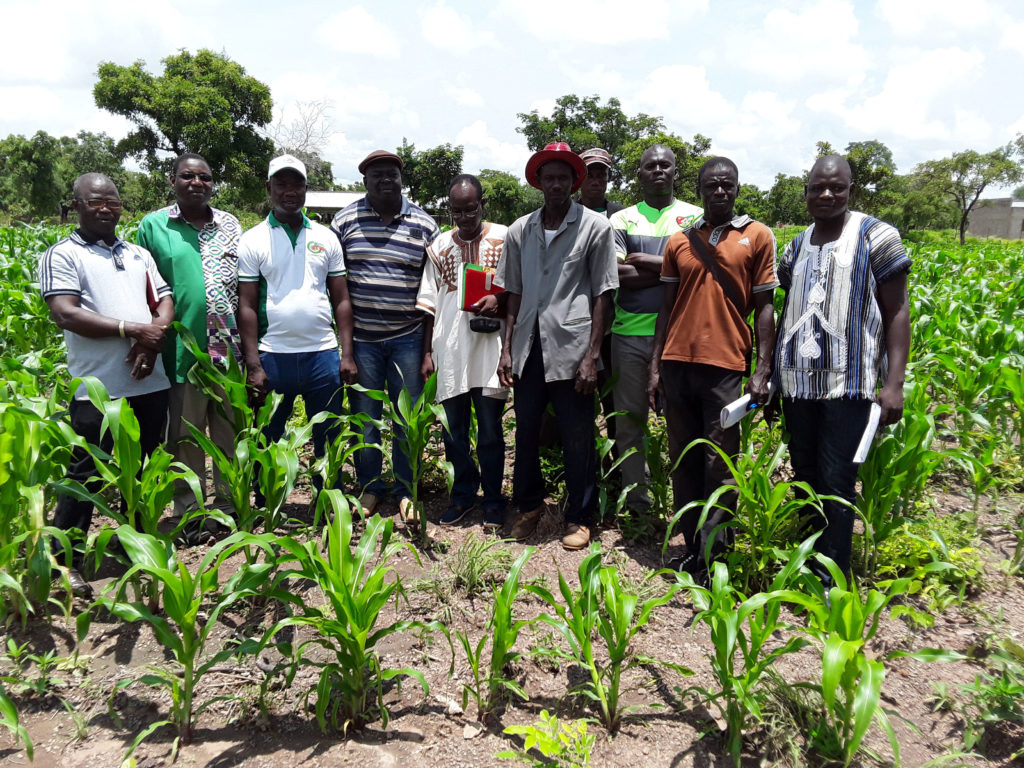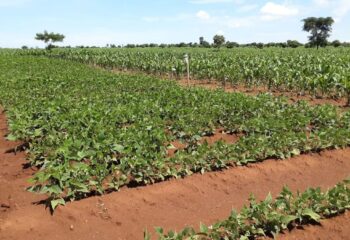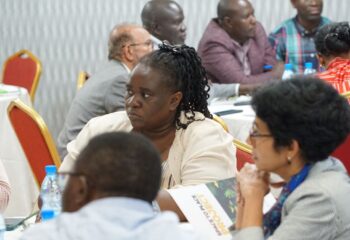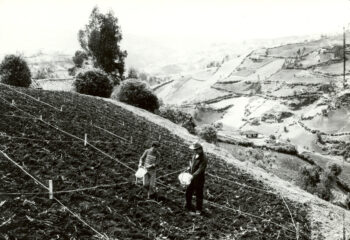
The level of knowledge and use of agricultural inputs in Burkina Faso is low: 12% for mineral fertilizers and 8% for improved seeds.
In order to improve producers’ knowledge of inputs and good use practices, the Support Program for the Modernization of Family Farms – Inputs Component (PAMEFA- Vi) has set up five Agricultural Technology Transfer Centers (CTTA) in the provinces of Gourma, Houet, Nahouri, Mouhoun and Sanmatenga. A total of 19 types of demonstration plots (varietal, fertilization, micro dose, good use of pesticides, etc.) were implemented during the 2017/2018 campaign. Through these demonstrations, 829 producers, 29% of whom were women, were able to build their capacities on topics related to the proper use of inputs and the knowledge of fertilizers adapted to each type of speculation.
CTTAs thus play the role of dissemination of agricultural technologies and constitute a place for sharing experiences between producers and distributors of agricultural inputs. It is also a space where input manufacturing firms can popularize their products in order to create a market for the input dealers who sell these inputs to producers.
The establishment and management of these CTTAs has changed the lives of developers and improved their input distribution activities.
Among the many beneficiaries of the CTTAs is Tougma Jules, input distributor and member of the Cooperative Marketing of Inputs and Agricultural Materials (COCIMA), and promoter of CTTA Gourma Province. Tougma has become a reference person for agricultural inputs in Gourma province. For the 2017/2018 crop year, he is used as an example by the regional and provincial agricultural directorate. The directorate sends producers to him to draw on his experience and for having used a product of approved processing from his input shop to deal with the armyworm that has wreaked havoc on corn in many farms. This product has proven to be suitable for caterpillar control.
“I have become a reference person thanks to the CTTA for which I am promoter and also because of the involvement of the technical services of agriculture in the monitoring of CTTA activities,” Tougma reveals. He explains, “The products used at the CTTA come from my shop. So when people see that the return is good, they want to come to the store to buy the same products. Many associations and groups want to work with me for the delivery of inputs because they have gained confidence in the shop after visiting the CTTA.”
Tougma identified a number of benefits that his new CTTA sponsorship status has given him: “Attendance by producers in my input shop for purchases and advice on farm inputs has increased by an average of 25 people a day to an average of 40 people a day.” This increase in attendance has had a positive impact on his income. He adds that “My annual turnover, which was estimated at about CFAF 40 million (about $70,000), rose to CFAF 60 million (about $105,000) after the first CTTA implementation campaign.”
He is grateful to the actors who made the implementation of CTTA possible: “I thank PAMEFA, the DPAAH, the DRAAH, INERA and all the other actors who worked by their support for the success of the CTTA”.
Given the usefulness of CTTAs, the need to sustain them is essential for a better future of Burkina Faso’s agriculture.
PAMEFA is funded by the Swiss Agency for Development and Cooperation (SDC).



